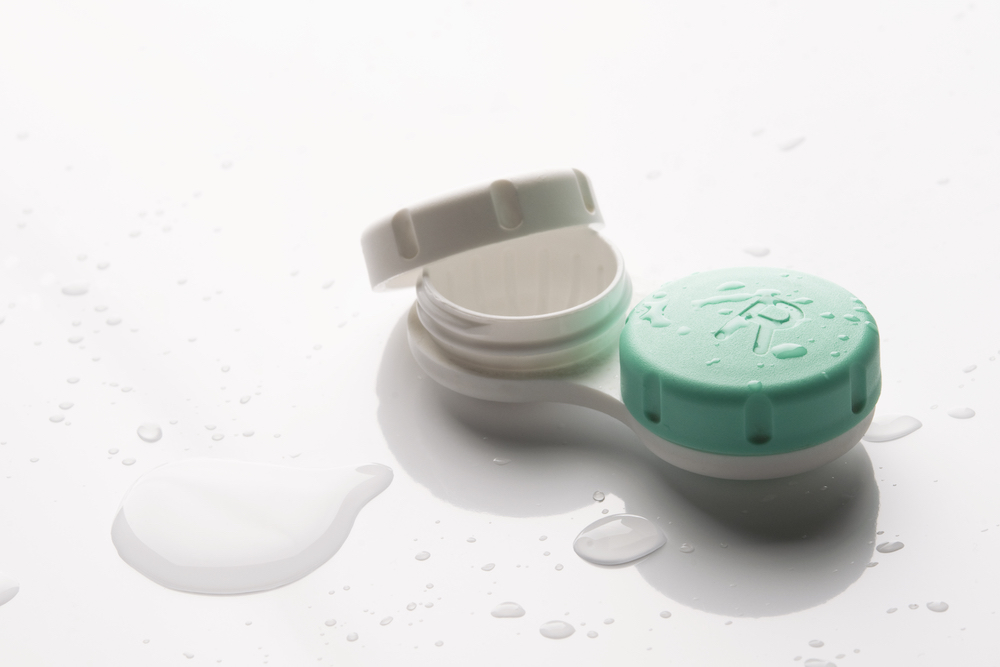
Did you know that contact lenses have been around for over 100 years? Still, they’re not for everybody. If you are thinking of getting contact lenses, you should first see your eye care provider.
Contact lenses are an alternative to eyeglasses; you can wear them as a prescription option or for aesthetics. Contact lenses are thin discs made of soft plastic or glass that sit directly on the eye's cornea. Eye care providers prescribe contact lenses for eye problems such as myopia, hyperopia, or astigmatism.
Doctors can also prescribe contact lenses to address other eye conditions. For example, a doctor could prescribe special contact lenses if you have had eye cataract surgery but did not have lenses implanted.
Must I See an Eye Doctor to Get Contact Lenses?
If you want to get contact lenses to replace your glasses or for aesthetic purposes, you must schedule an appointment with an eye care provider. Contact lenses are medical instruments that need a professional to fit them correctly.
This is so even if you want them for aesthetic purposes. The eye care provider will run a few tests on your eyes. These will help determine if you are fit to wear contact lenses. Here are some reasons that might stop you from wearing contact lenses.
Do You Have Dry Eye Syndrome?
Dry eye syndrome happens to be one of the most common conditions that stop you from wearing contact lenses. You must have an ample supply of healthy tear film to wear contact lenses. Tears consist of oils, mucus, salt, water, vitamins, minerals, and natural antibiotics, among other ingredients.
Every time you blink, you wipe on a new layer of this complex solution over your eyes. Tears will keep the contact lens lubricated and moist. If this complex solution is lacking, it might cause the lens to feel like a foreign object. This can become very uncomfortable.
Do You Have Blepharitis?
Blepharitis is a condition that causes the swelling of the eyelids. Blepharitis can be of two types:
Anterior Blepharitis – It affects the outer part of the eyelid where the eyelashes are attached. It can either be seborrheic or ulcerative. Seborrheic blepharitis causes the eyelids to produce scales on the eyelashes, turning them red. Ulcerative blepharitis starts when you are young. It causes hard crusts to appear around the eyelashes. The crusts usually matte together during sleep, making it difficult to open the eyes. It is less common than seborrheic blepharitis
Posterior Blepharitis – It occurs when bacteria grow in the oil glands in the inner eyelid. It is also known as meibomian gland dysfunction. It is the most common type of blepharitis. When the meibomian glands are inflamed, the eyes secrete varying amounts of oil
Do You Have Severe Eye Allergies?
Severe eye allergies create problems if you wear contact lenses. The allergic reaction can result from contaminants such as pollen or dust. When exposed, the eyes produce chemicals to protect themselves. It causes blood vessels to inflame and the eye to turn red and itchy.
For more on contact lenses, contact Clarity Vision at our offices in Holly Springs, North Carolina. You can call (919) 646-2900 to book an appointment today.
















